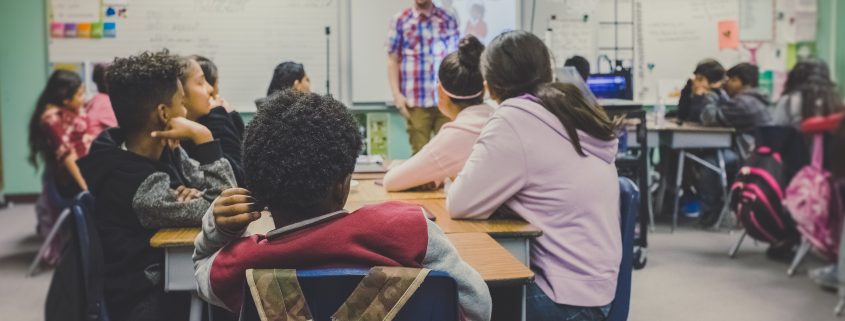The unlimited opportunities to use ChatGPT to improve education and learning
ChatGPT is on everyone’s lips, but the issue that has brought perhaps the most controversy is its impact on education.
Articles such as Will ChatGPT Kill the Student Essay? and ChatGPT Will End High-School English point to essays written out of class no longer being a viable teaching tool or assessment of capabilities. ChatGPT is now blocked and banned in New York City public schools.
But what if ChatGPT and the next generation of AI tools can help students to learn?
A lovely conversation with rural Oregon school teacher Cherie Shields in the New York Times podcast A Teacher Who Loves ChatGPT reveals some wonderful strategies and approaches that emerge from a constructive mindset to applying these technologies to education.
Classroom strategies for using ChatGPT
In preparing her students for an essay, she uses a variety of strategies in the classroom such as group discussions, think-pair-share, and writing short responses by hand. These activities help to generate ideas and organize thoughts for the essay. She says that ChatGPT can be a useful tool in this process by providing a clear outline for the essay and helping students to structure their arguments. Rather than introducing new information, ChatGPT can help create a scaffold to organize what has already been discussed in class and help students to get feedback on their work.
When working on an essay about Martin Luther King’s “I Have a Dream” speech, her students used a variety of techniques to analyze the speech, including identifying the use of repetition, metaphor, simile, and descriptive language. The students then had to pick another piece by a different person, and compare and contrast the persuasive elements of the two speeches. This required them to use their evaluative skills to determine which speech used language techniques more effectively.
She gave students a limited amount of time to generate a list of techniques used in the speech. This helped them to focus on finding specific examples. She also finds that ChatGPT is helpful in generating lists, outlines, and prompts for students as they write their essays, which is useful for students who are struggling to come up with ideas.
Learn to use the tools we have
There is a strong analogy with calculators, which on their introduction were thought to impede students’ ability at mental arithmetic and were banned.
Of course they are now often used or encouraged unless arithmetic skills are specifically being taught. Indeed, to prepare students for the “real world”of work they need to know how to use calculators effectively.
The continued rise of AI is inevitable. Schools need to teach students to use these tools well, complementing their skills, and helping define and develop the uniquely human capabilities that will serve them well through life.
Specific strategies for education
Amid the widespread horror at students “cheating” using ChatGPT, some more enlightened educators have been proposing a wealth of uses that can assist learning and development.
A lovely list of 20 specific suggestions at Ditch That Textbook provides all sorts of ideas for challenging and prompting rigorous thinking by students.
For example, as mentioned by Ms Shields, the classic think-pair-share approach can readily be enhanced with AI.
Augmenting the think-pair-share with ChatGPT could be one of the biggest tech-enabled leaps in pedagogy:
* Think
* Pair
* ChatGPT
* Pair
* Share— Sarah Dillard (@dillardsarah) December 5, 2022
I believe the ability for ChatGPT to vary its responses to be appropriate to age and context is an incredible opportunity for personalized learning. If an explanation isn’t clear to the student, they can ask for it to be made simpler or different.
An obvious application is to translate simple maths questions into ones that are more engaging to the student, for example using football-based questions for a sports fan.
Finding the right place for AI in education
Let’s remember that education should be focused on helping students learn as much as possible and gain a love of learning. Assessment is far less important.
There will be certainly situations where students should work things out for themselves unassisted by technology.
Yet there are innumerable ways we can use AI to enhance learning. We are at the very beginning of the journey. Ms Shields has just begun using ChatGPT in the classroom and is already discovering wonderful applications.
Let’s explore how we can help students learn more and be prepared for the work and world of future. There are unlimited opportunities.



